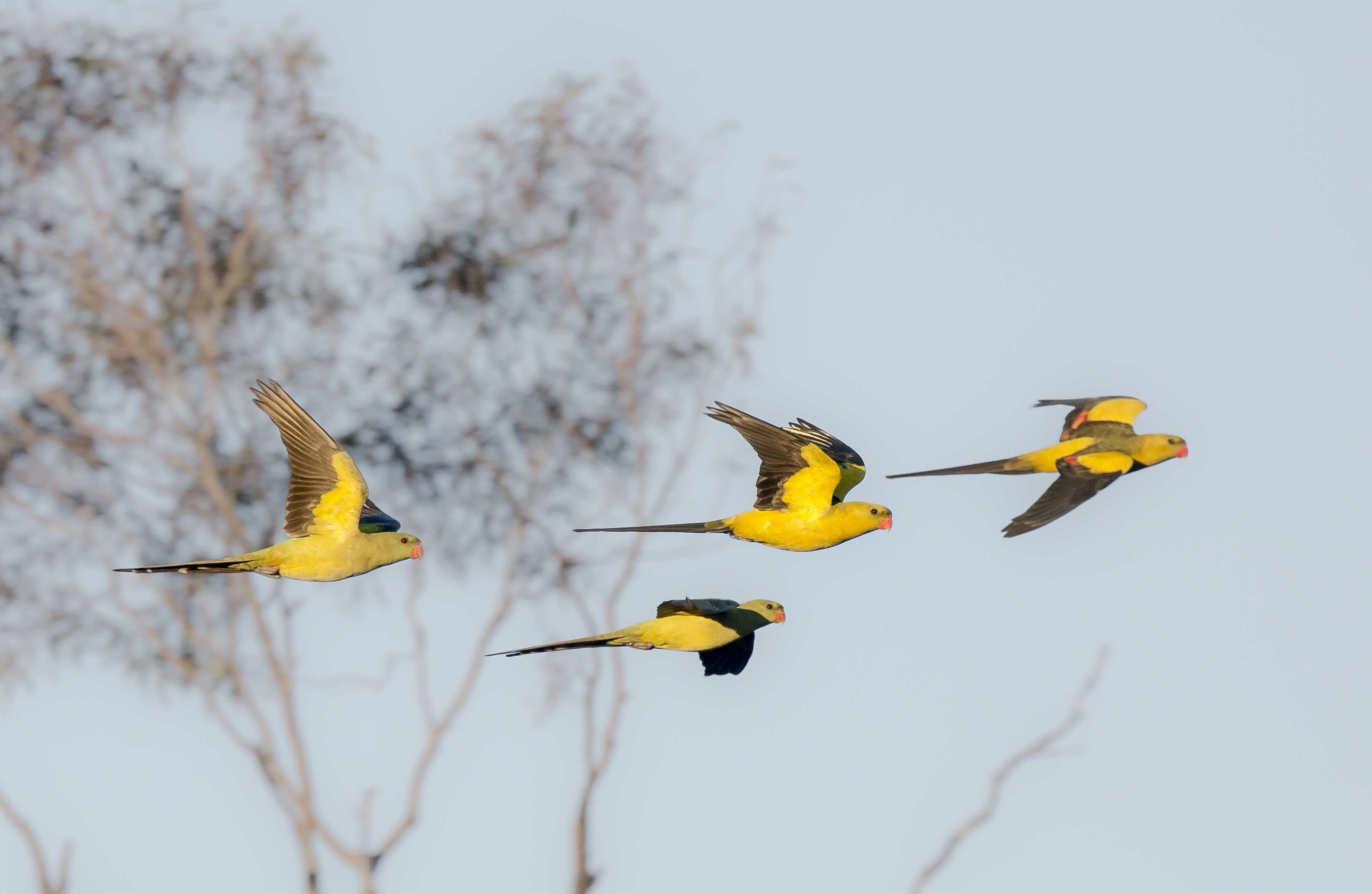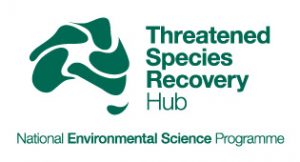Media Release: Australian threatened bird populations drop by half in 30 years on average

On average, populations of Australia’s threatened birds have decreased by half since 1985, according to Australia’s new Threatened Bird Index.
According to Lead researcher Dr Elisa Bayraktarov from the University of Queensland, some bird species have decreased by more and others by less, but that is the average trend across species for which data is available.
Threatened migratory shorebirds have suffered the largest decrease, dropping by 70% on average in the last 30 years.
The Threatened Bird Index was launched by the Australian Government’s Threatened Species Commissioner Dr Sally Box in Brisbane this week. It is a joint initiative of the Threatened Species Recovery Hub and BirdLife Australia and pulls together data from monitoring programs across the country.
”The objective of the index is to enable policy makers, the public and conservation groups to better understand how threatened birds are faring,” Dr Bayraktarov said.
“For a long time Australia has been able to track the health of the economy with things like the All Ordinaries Index, which tells us how the stock market is performing, but we have not had tools to do this for threatened species.
“While we have had monitoring data on many individual species, until now we have lacked the ability to combine this information to tell us about the bigger picture.
“Compiling this data has been a huge accomplishment, which was made possible by support from more than 70 research, government and conservation groups.
“So far the index combines data from 180,000 individual surveys, from 35 monitoring programs on 43 bird species and subspecies, and we are constantly adding new data as it becomes available.
James O’Connor, Head of Research for BirdLife Australia, says the index is an important tool to draw attention to the state of our threatened birds, and which groups and regions are doing better or worse.
“The results show us that on average there has been a significant decrease in Australian threatened birds over the last 3 decades and they need our help,” said Dr O’Connor.
“In particular threatened migratory shorebirds numbers have suffered very large decreases.
“But it isn’t all bad news, for example, although Victoria suffered a lot of historical declines due to habitat loss, since 2000 land-based birds have been relatively stable in Victoria.
“With sufficient resources and commitment, conservation programs work and can halt declines and even lead to improvements for some species.
“Great examples of conservation working are the programs on the Helmeted Honeyeater in Victoria and the Kangaroo Island Glossy Black Cockatoo in South Australia.
Development of the index was supported by the Australian Government’s National Environmental Science Program.
Dr Sally Box, the Australian Government’s Threatened Species Commissioner, said the index would be a valuable tool to assist policy makers in understanding how threatened birds are faring.
“The creation of the first Threatened Species Index is a significant achievement. It will provide a one stop shop for researchers across the country to share, aggregate and analyse data on threatened species trends”, said Dr Box.
“Science informs policy and investment and I welcome the development of new tools that can help us better understand threatened species trends and focus our efforts.”
Dr Bayraktarov said that so far the index includes data on about one third of Australia’s threatened birds.
“This is enough to see some trends, but as we add more data it will become an even more powerful tool.
“We can only add monitoring data where it has already been collected, and most monitoring has occurred in south-eastern Australia and coastal areas.
“We’d like to add more data for inland and desert regions. If anyone out there has long-term monitoring data from these areas we want to hear from them.
Threatened birds are also just the beginning. The team are already assembling monitoring data for threatened mammal and plant indices. The long-term goal is an overall Threatened Species Index.
The Threatened Species Recovery Hub is a collaboration of 10 leading Australian universities and the Australian Wildlife Conservancy to undertake research to support the recovery of Australia’s threatened species.


